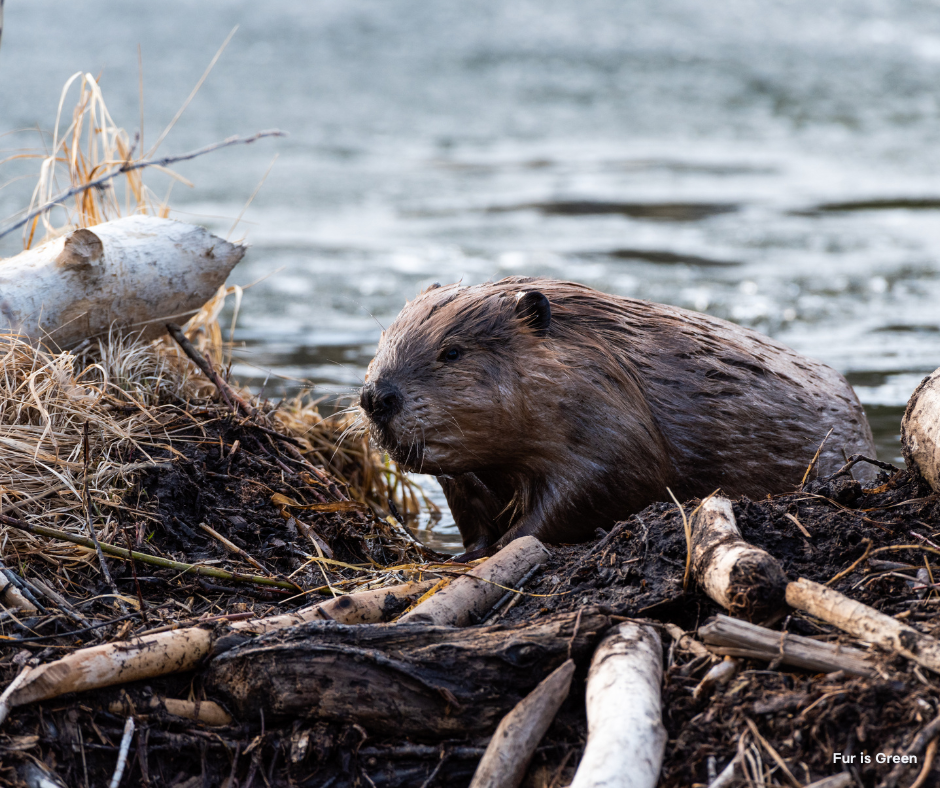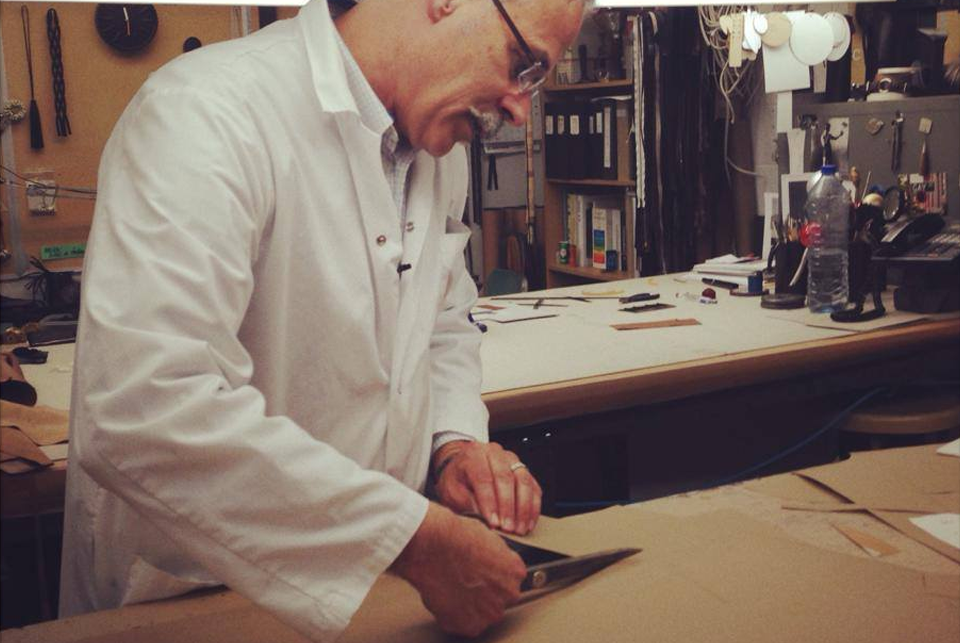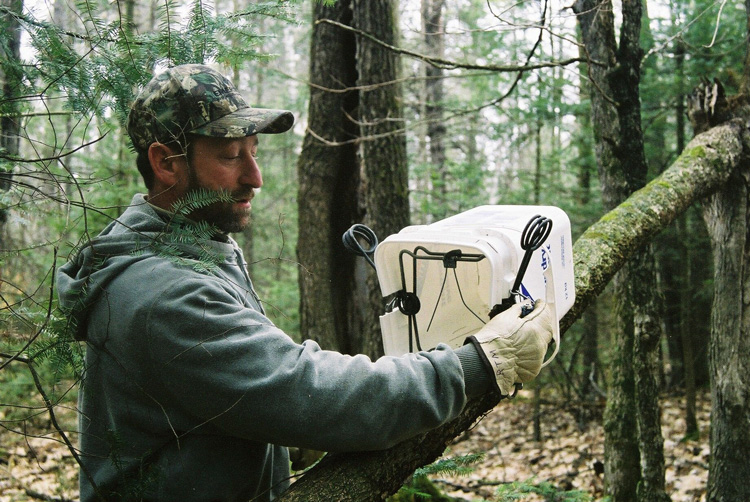FOR AN INFORMED OPINION
At a time when we are all trying to be conscious of how our lifestyles affect nature, fur is an excellent choice. Like leather, suede and shearling, fur is a natural product, a true gift of nature…
%
of the waste was recycled from our clean-up initiatives, significantly reducing ocean plastic and pollutants.
Animal welfare
Because animals provide us with a wide range of important products, we have a responsibility to provide excellent animal-welfar

The Canadian fur industry is an excellent example of fair trade practices…
The Fur Institute of Canada is the national voice for Canada’s fur sector and a globally-recognized authority on humane trapping and furbearer conservation.
Fur processing is earth-friendly
Fur is a natural, organic material, and like all such materials will quickly disintegrate and biodegrade unless preventive measures are taken. To prolong the life of fur garments, pelts first undergo a special tanning process known as “dressing”. This process protects the hair follicles and the fur, while making the skin less prone to disintegration and therefore more durable.
Truth About Fur

Fur: responsible practices
The fur trade accounts for about one-quarter of one percent of the animals we use for food, clothing and other purposes each year. About twice as many unwanted pets are put down in humane shelters, ten times more animals are killed on Canadian highways.

Humane trapping methods
Without human intervention, wildlife can be subjected to wildly swinging “boom and bust” cycles of overpopulation followed by disease and starvation. This is natural, certainly, but hardly humane. Using modern methods, trappers can help to maintain more stable and healthy wildlife populations.
Fur Facts
Diving into the Numbers
%

In North America, about 95% of the people eat and wear products from animals.
More than 65,000 Canadians work in the different sectors of the fur trade.
